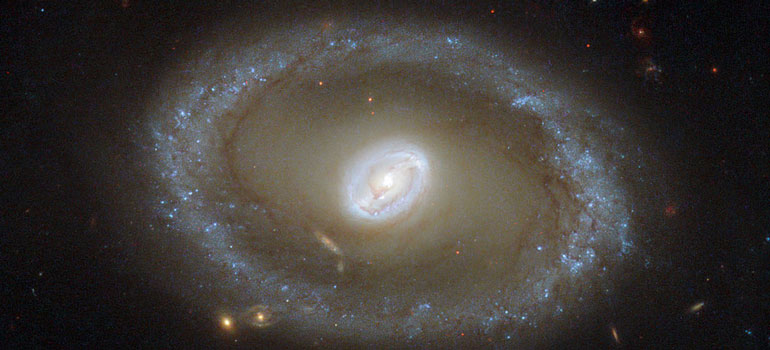
This is Cristiano Nisoli. Credit: Los Alamos National Laboratory
‘Spindoctors’ note that topological order, associated with quantum mechanics, also applies to classical material called artificial spin ice. Physicists have identified a new state of matter whose structural order operates by rules more aligned with quantum mechanics than standard thermodynamic theory. In a classical material called artificial spin ice, which in certain phases appears disordered, the material is actually ordered, but in a “topological” form.
“Our research shows for the first time that classical systems such as artificial spin ice can be designed to demonstrate topological ordered phases, which previously have been found only in quantum conditions,” said Los Alamos National Laboratory physicist Cristiano Nisoli...
Read More









Recent Comments